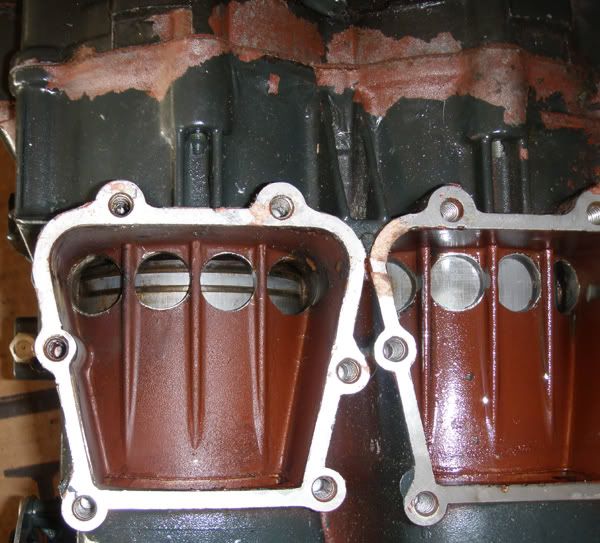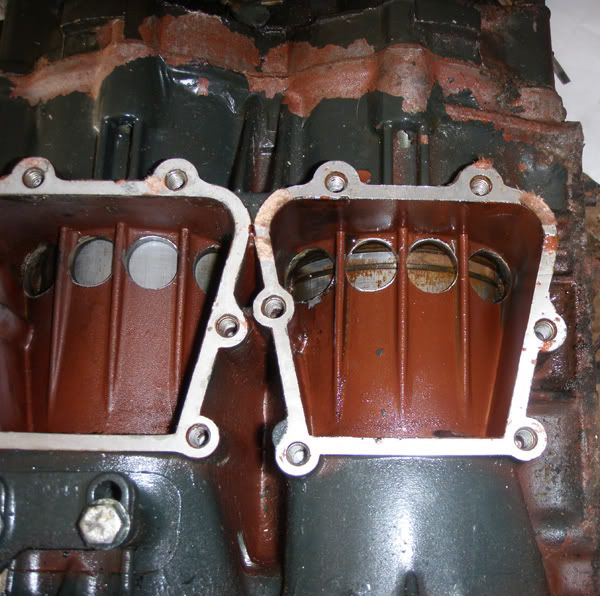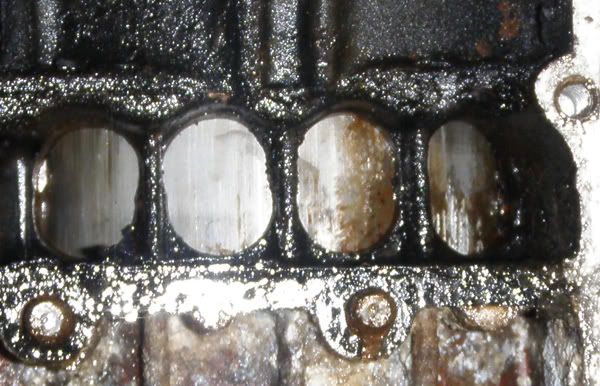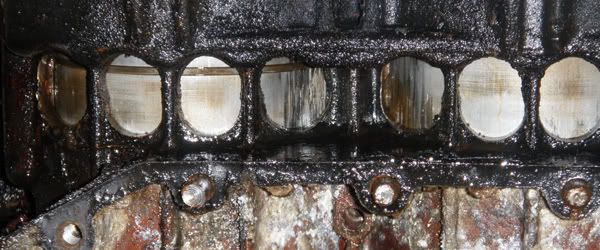Hi.
Just picked up a 40hp 40RL71G that was seized. It would have been run with a ruined impeller so got hot. The plugs were oily - no appearance of rust.
I filled both cylinders with fuel/ boat oil mix and let sit for a few days. #2 let go of its contents. #1 absorbed a little bit but held most of its contents. This morning I tipped a kettle of hot water down the pee hole to see if it would expand the cylinder and help with the absorption. I was able to unseize it simply by gripping the inertia wheel and rocking it with my hands. I was surprised how easy it gave up with only a few rocks.
I have done a compression check cold and the #1 = 72 PSI #2 = 109 PSI.
I notice in the sticky it says to run the engine to warm up before doing a compression test. Given my circumstances are slightly different should I attempt to run the engine and then do a compression test? or should I pull the intake covers and or head and look at the rings and walls? I don't want to disturb the head gasket if I can help it.
Thanks,
Paul
Just picked up a 40hp 40RL71G that was seized. It would have been run with a ruined impeller so got hot. The plugs were oily - no appearance of rust.
I filled both cylinders with fuel/ boat oil mix and let sit for a few days. #2 let go of its contents. #1 absorbed a little bit but held most of its contents. This morning I tipped a kettle of hot water down the pee hole to see if it would expand the cylinder and help with the absorption. I was able to unseize it simply by gripping the inertia wheel and rocking it with my hands. I was surprised how easy it gave up with only a few rocks.
I have done a compression check cold and the #1 = 72 PSI #2 = 109 PSI.
I notice in the sticky it says to run the engine to warm up before doing a compression test. Given my circumstances are slightly different should I attempt to run the engine and then do a compression test? or should I pull the intake covers and or head and look at the rings and walls? I don't want to disturb the head gasket if I can help it.
Thanks,
Paul
























